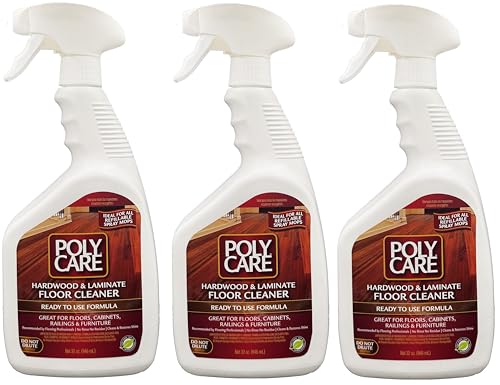I'm looking to address a couple of issues:
1) Popping at walls
2) OSG sub T&G noise
#1) I live is a cheaply constructed townhouse built in 96 which gets noisy when the humidity drops like a stone each winter. With the carpet removed, I drove screws throughout most of the second floor (#8 X 2" every 9 to 12 inches) which eliminated some noises and created others. The predominate issue(s) after screwing seems to be popping at the walls in some locations and T&G rubbing noises in spots. The wall noise will be addressed by removing the baseboard and roughly 9" to 12" of drywall to provide full access to the entire wall baseplate. Once exposed, I'll drive screws through the baseplate into the OSB sub AND the 2X12 joists below. I'll also do a better job of securing the vertical 2X4's to the baseplate. Once satisfied that the popping noise has been addressed (test over the cold winter months into the early summer), I'll then install new drywall at the base and complete the mudding followed by the install of new base molding. I would prefer to rework the entire baseplate of a wall than driving isolated screws here and there through the drywall (toenailed) which didn't really help much. Sound like a reasonable plan of attack?
#2) I don't have a well laid out plan for the T&G noise. I don't have access below and sweeping powder of into the joints doesn't get the job done. I'm considering diluted PVA (3 parts water to 1 part PVA) squeegeed into the T&G seems to help with the bonding of the panels. Is this a reliable option? Has anyone here utilized this method? Any downside to the diluted PVA method like buckling during high humidity?
Many thanks!
1) Popping at walls
2) OSG sub T&G noise
#1) I live is a cheaply constructed townhouse built in 96 which gets noisy when the humidity drops like a stone each winter. With the carpet removed, I drove screws throughout most of the second floor (#8 X 2" every 9 to 12 inches) which eliminated some noises and created others. The predominate issue(s) after screwing seems to be popping at the walls in some locations and T&G rubbing noises in spots. The wall noise will be addressed by removing the baseboard and roughly 9" to 12" of drywall to provide full access to the entire wall baseplate. Once exposed, I'll drive screws through the baseplate into the OSB sub AND the 2X12 joists below. I'll also do a better job of securing the vertical 2X4's to the baseplate. Once satisfied that the popping noise has been addressed (test over the cold winter months into the early summer), I'll then install new drywall at the base and complete the mudding followed by the install of new base molding. I would prefer to rework the entire baseplate of a wall than driving isolated screws here and there through the drywall (toenailed) which didn't really help much. Sound like a reasonable plan of attack?
#2) I don't have a well laid out plan for the T&G noise. I don't have access below and sweeping powder of into the joints doesn't get the job done. I'm considering diluted PVA (3 parts water to 1 part PVA) squeegeed into the T&G seems to help with the bonding of the panels. Is this a reliable option? Has anyone here utilized this method? Any downside to the diluted PVA method like buckling during high humidity?
Many thanks!





![MORE Luxury Vinyl Floor Cleaner for Vinyl Plank Flooring - Ready to Use, Daily Cleaning Formula for Tile, Vinyl Surfaces [Gallon / 128oz]](https://m.media-amazon.com/images/I/413LZHZiqCL._SL500_.jpg)





















